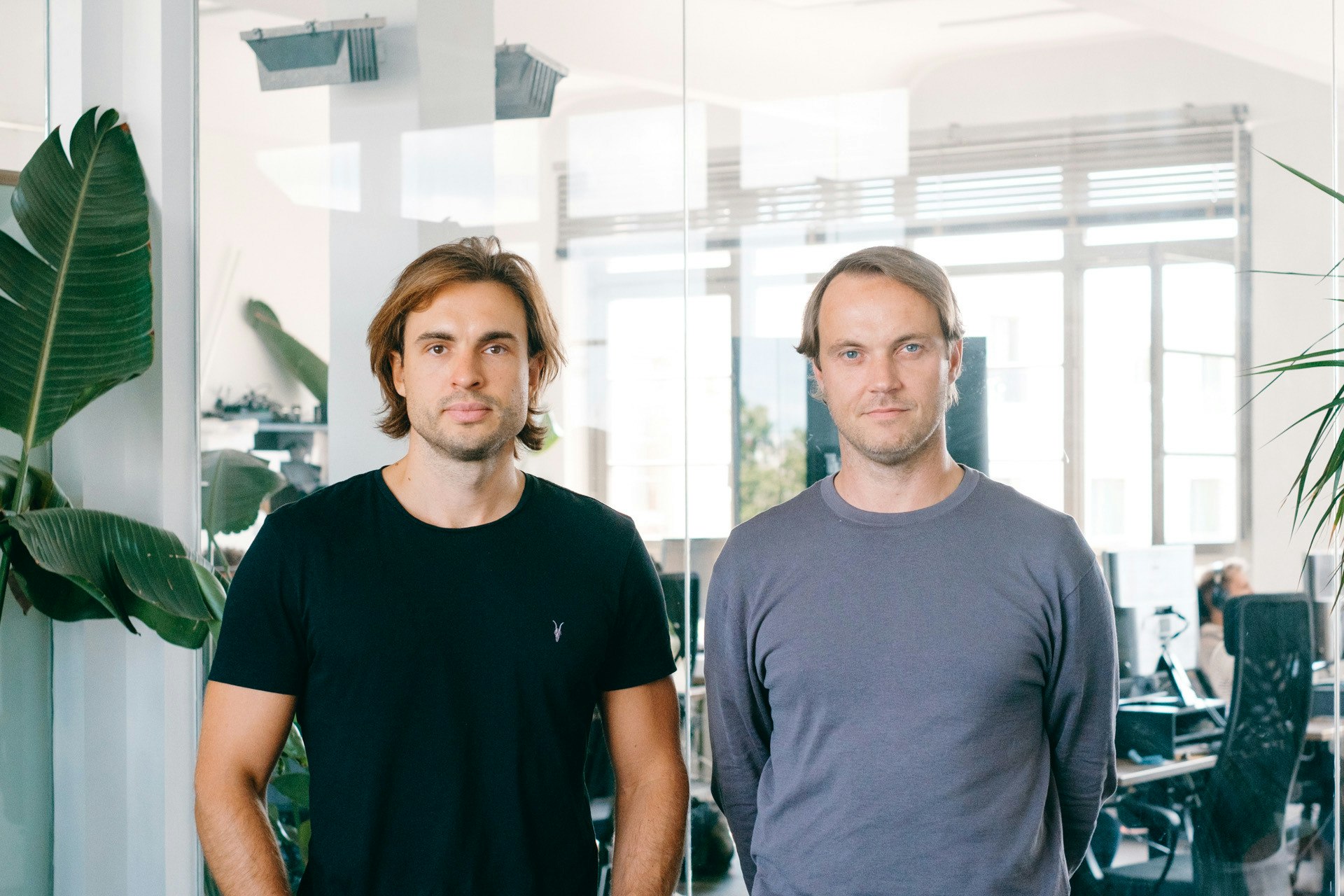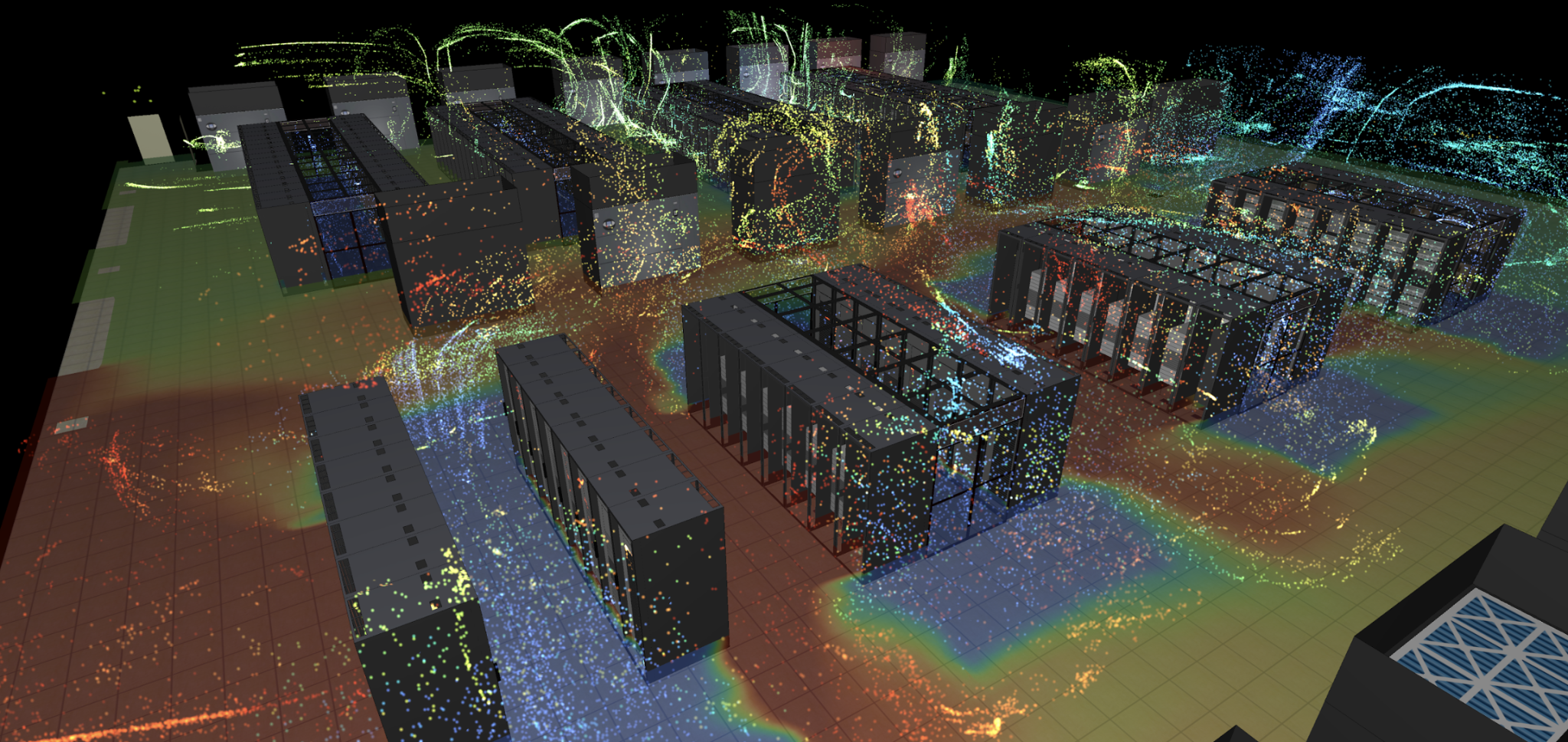The Netherlands is investing heavily in hydrogen technology: currently the country uses 800 kilotons of hydrogen per year, and by 2050, this is expected to reach 14m tonnes.
With its huge industrial and logistical advantage, Rotterdam is aiming to become Europe’s largest green hydrogen hub. The Port Authority is currently developing an 11 hectare site suitable for a green hydrogen plant.
Many startups in the region claim to be in a sweet spot for commercialising and scaling their business internationally. So, we mapped the green hydrogen industry in Rotterdam — its strengths, opportunities and challenges.
Industrial and logistical strength
Mattijs Slee, CEO at Battolyser Systems, a Rotterdam-based startup that manufactures electrolysers (devices that can produce green hydrogen) and recently signed a €40m financing agreement with European Investment Bank, says that the legacy industries in Rotterdam present a huge opportunity for decarbonisation and a transition to more sustainable alternatives such as hydrogen.
“Rotterdam has always been an industrial town versus, say Amsterdam, which is more fintech focused,” Slee says. “We also have a lot of trade and workers in Rotterdam who, in some cases, come from legacy oil and gas or more fossil fuel-related jobs, and need to be transitioned into the future, sustainable jobs.”
Jan Bot is the cofounder of Zepp.solutions, a green hydrogen startup with its main office in Delft and testing and assembly facilities in Rotterdam. For Bot, Rotterdam’s ambition to achieve net zero, coupled with its logistics and industrial strengths, makes the city and Port of Rotterdam a great place for green hydrogen startups.
“In a port environment, where you really need heavy-duty applications, that’s big trucks and big big equipment, it’s really an environment where hydrogen is the more logical alternative.”
Rotterdam has always been an industrial town versus, say Amsterdam, which is more fintech focused
According to Slee, the largest consumer of hydrogen in Europe today is Germany — and the country is planning to meet all its future energy needs from Rotterdam.
Battolyser has a partnership with the Port as “they are looking for new industries that can fill the Port of Rotterdam in the future as a lot of the fossil industry is moving out”, says Slee.
“That’s in combination with the ecosystem that they have around hydrogen — it’s not just about consuming hydrogen, but also transporting it, producing it, and in our case, manufacturing the required equipment.”
R&D and skilled talent pool
Slee says that while Rotterdam has massive industrial power, its “R&D capacity largely comes from Delft [another Dutch city]. So there’s the combination of Delft’s academia and Rotterdam’s strength in more practical skills like trade skills and so on”. Battolyser itself is a spinoff from the Delft University of Technology.
Zepp’s Bot and his cofounders also met while they were all students at Delft. “Our talent now mostly comes from the university too,” says Bot.
Tim Houter, cofounder of Hardt Hyperloop, a startup working on hyperloop technology — an ultra-high-speed public transportation system in which passengers travel in electric pods — says he met his team at Delft too.
“The Delft University of Technology is very sustainability focused and there’s no student there without sustainability on their mind. So it’s a big driver of startups that are active in energy transition,” says Houter.
Additional help has come from Rotterdam itself (which also has its own Erasmus University). For instance, Bot says Zepp has been supported by Rotterdam’s Port Authority by providing them with a part of the campus to use as their testing facility, which has allowed the startup to develop its products and have a space to safely test its systems.
A gap in funding
However, Slee says that there needs to be more R&D funding for innovation in green hydrogen — and sustainability at large. “In terms of capacity and knowledge, we’re super good. What we can do more of is the collaboration with industries and commercialising that technology into products,” he says.
Bot adds that the funding levels for green hydrogen solutions must match Rotterdam’s ambitions: “In terms of the ambition to become completely green, and the amount of manpower and funding that’s behind it, it should receive some impetus in the next few years to make the ambition a reality.”
Slee also says that while there’s funding and support for existing industries to decarbonise — there’s not enough funding or support for new green hydrogen solutions.
In terms of capacity and knowledge, we’re super good. What we can do more of is the collaboration with industries and commercialising that technology into products
“So far, around $10bn has been allocated to hydrogen in terms of subsidies, but the distribution is very uneven. It is largely centred around hydrogen production — hydrogen factories — and then some towards the distribution of hydrogen and end consumers. There is zero for equipment manufacturing.”
He adds that government intervention and planning backwards from the continent’s net zero goals could be the starting point.
“It requires intervention, not just by upholding and keeping existing industries, but by actually trying to stimulate new industries too.”



